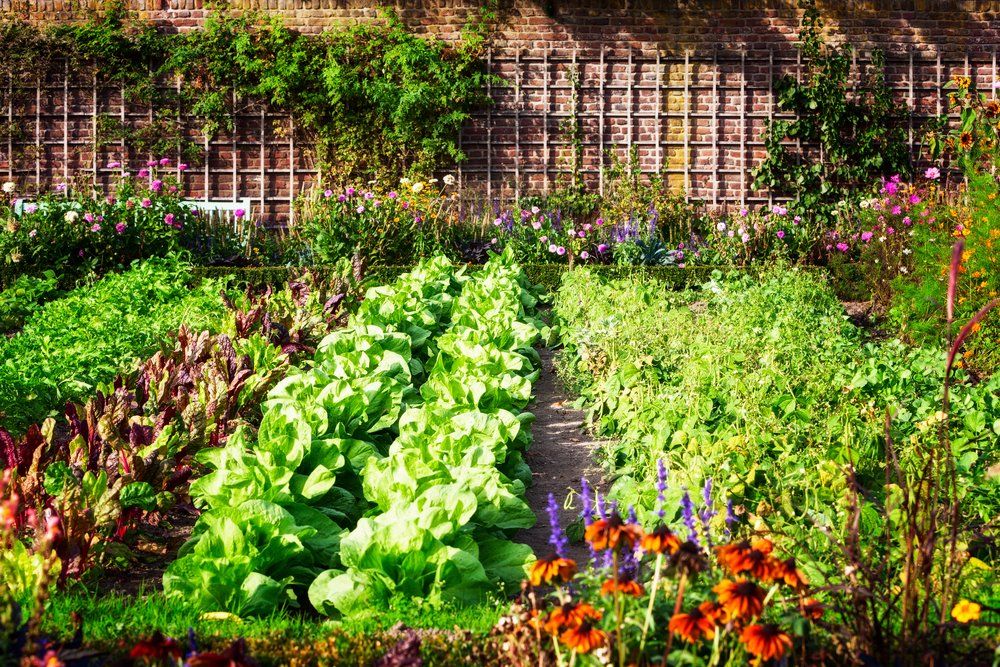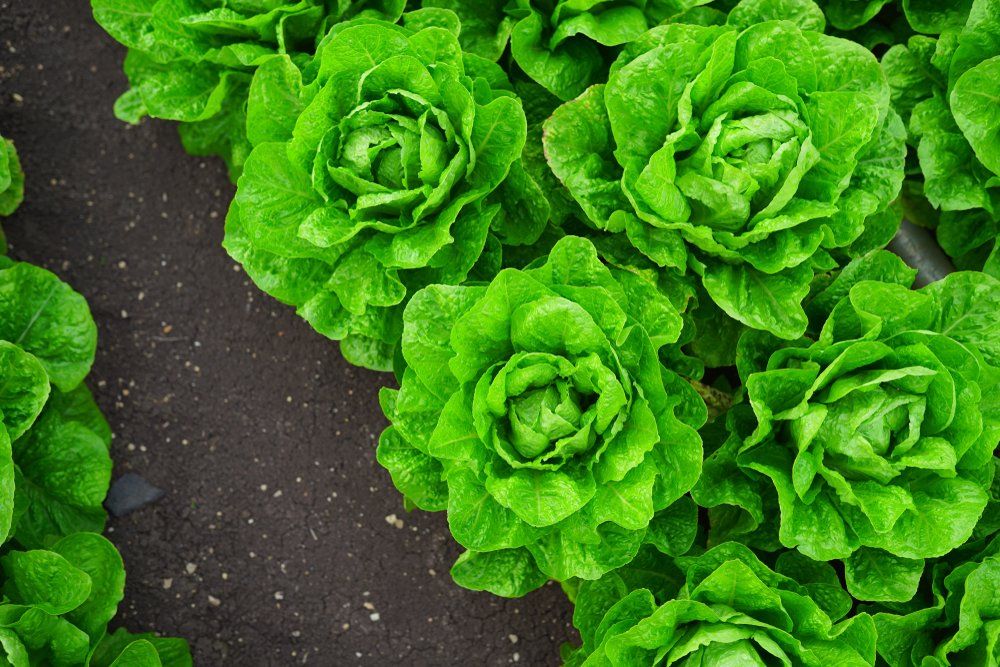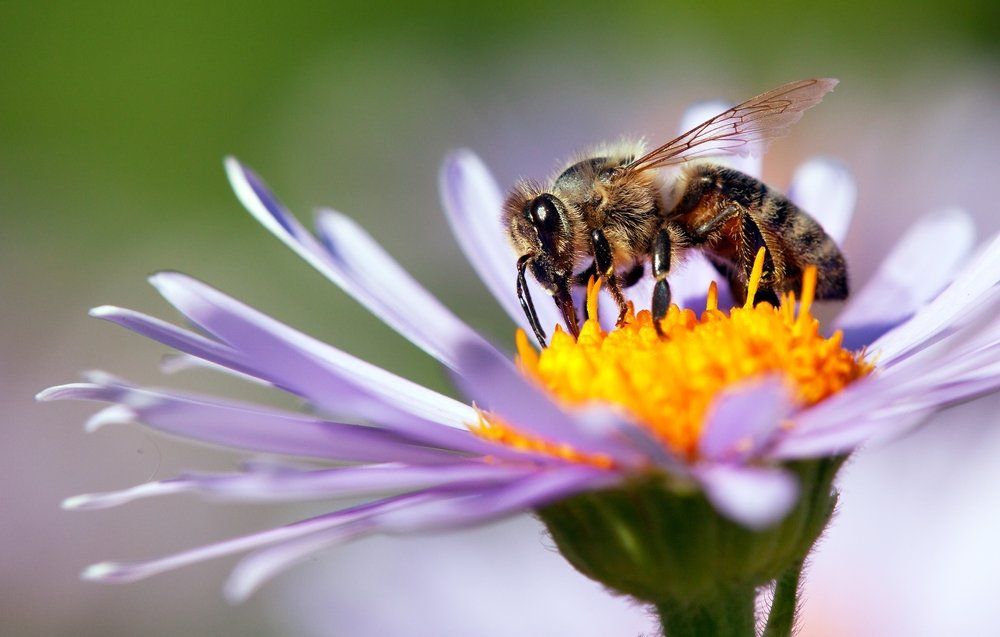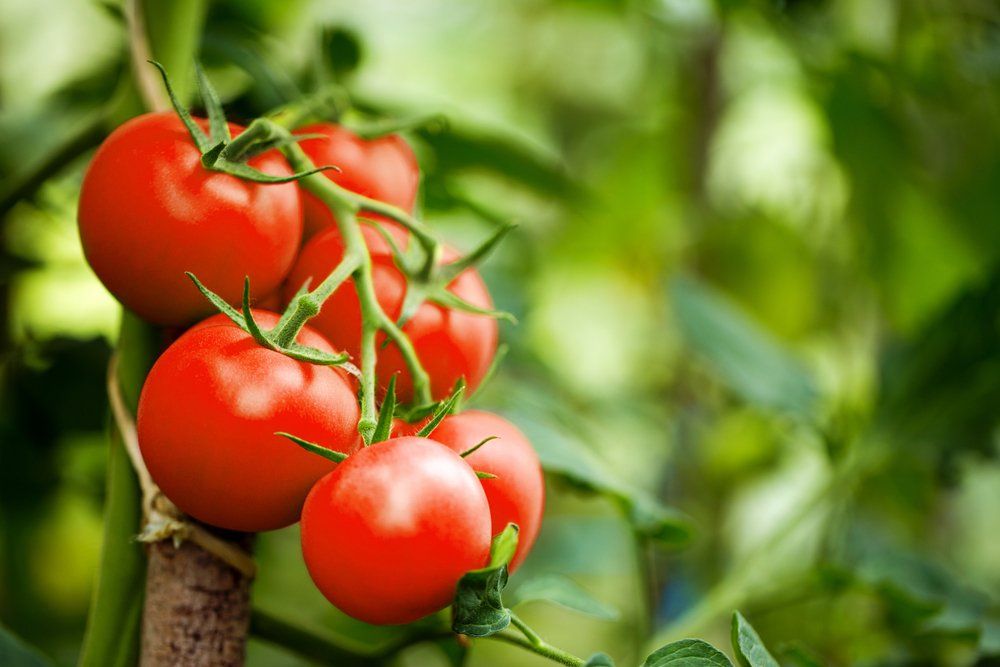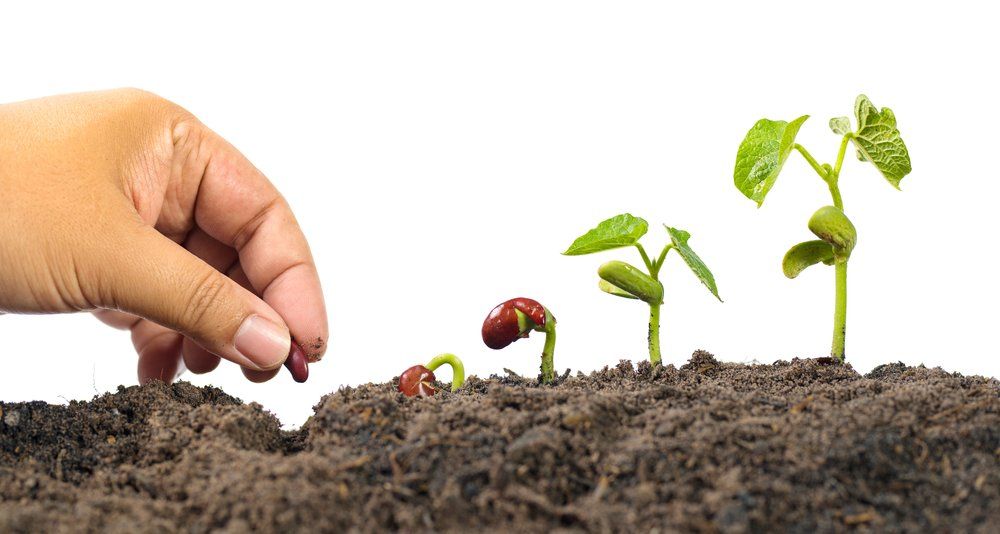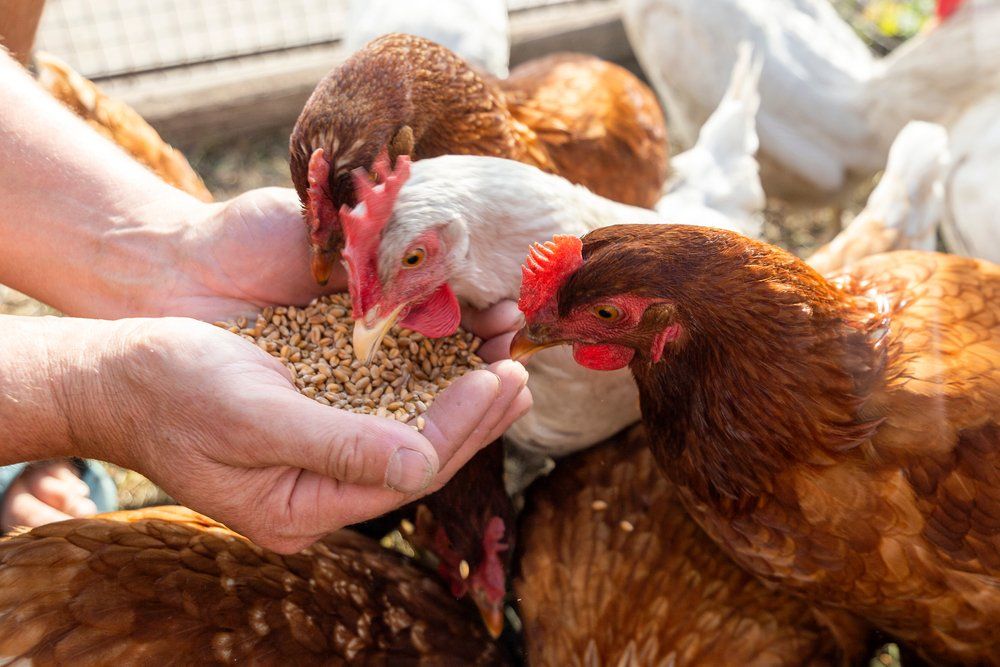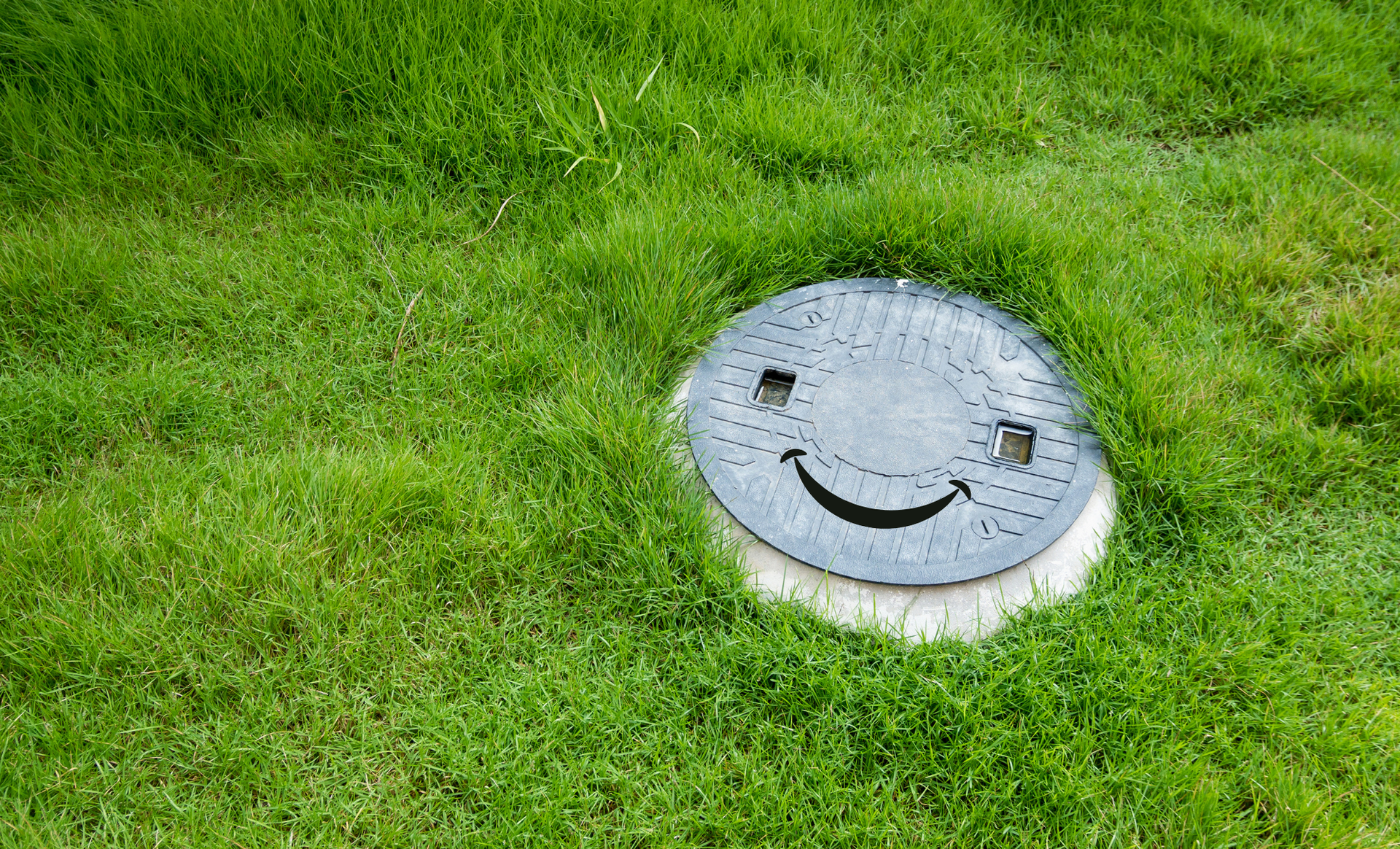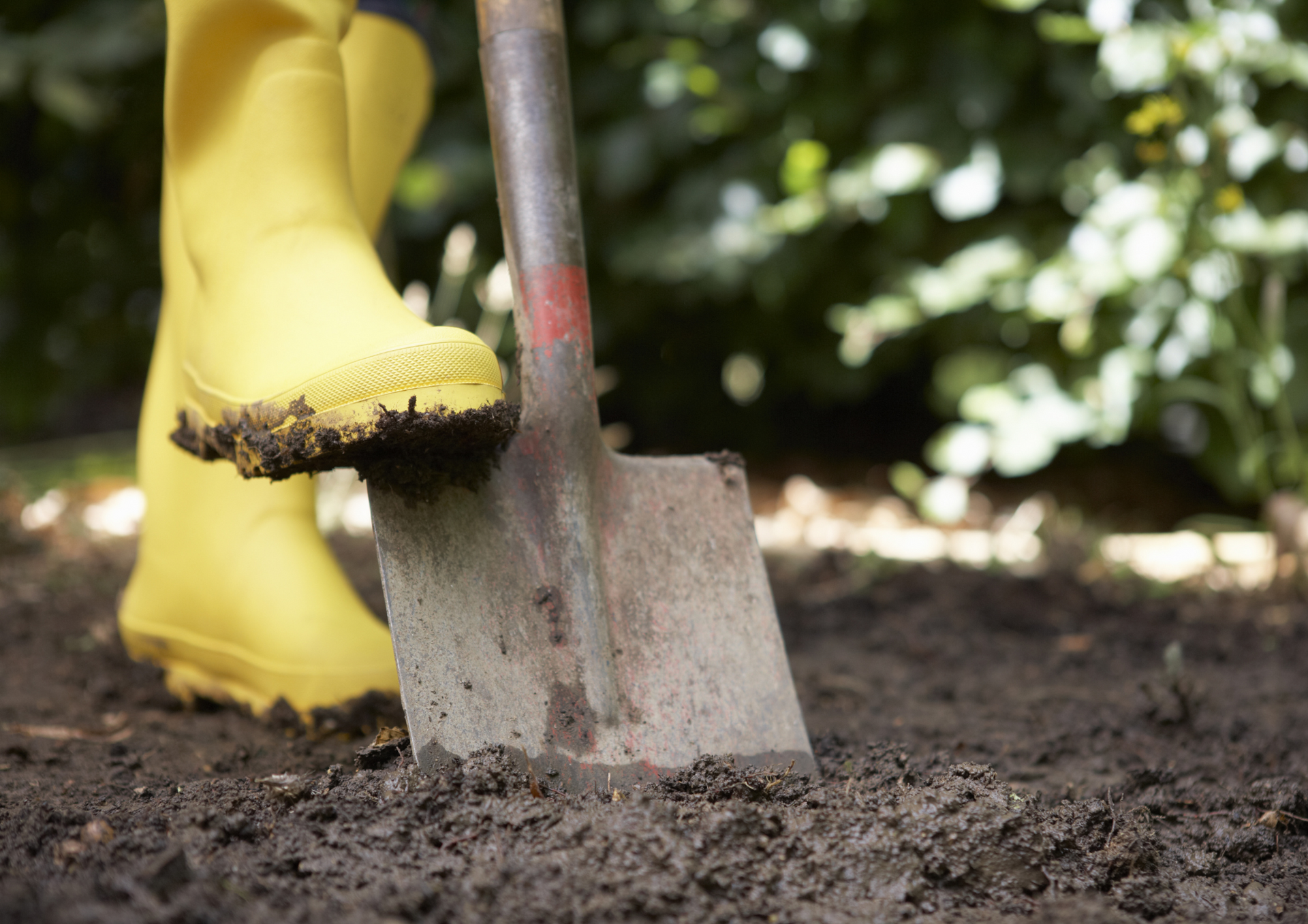Grow Smart : How To Avoid The Glut
Avoid the overwhelm and keep your vegetable garden steadily giving, all season long.
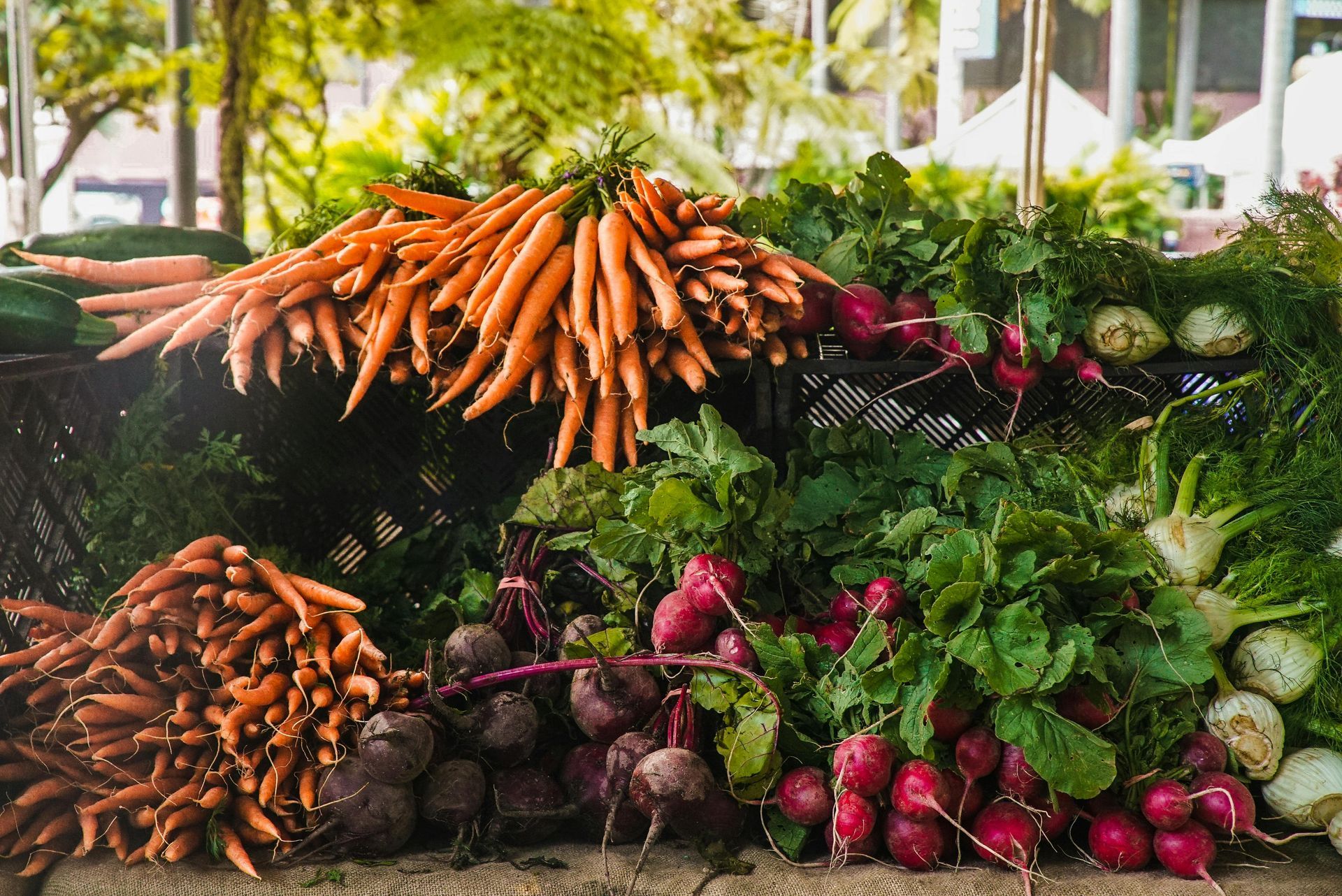
Every gardener has experienced the “feast or famine” frustration when crops mature simultaneously, resulting in a glut of vegetables. While it’s lovely to gift our excess produce to friends and family, it can be disheartening after investing a great deal of time, hard work and money into growing your food!
Want some good news?
There’s a simple and effective way to even out your harvest and make the most of your growing space which, when paired with bokashi composting, becomes an efficient system that keeps your soil (and your plants) thriving all season long.
Keen to know more?
Staggered planting is a gardening technique whereby crops are planted in smaller batches at different times, creating a continuous harvest and avoiding having too much of one crop maturing at once. Instead of planting all seeds or seedlings for a given crop at once, plantings are spaced over several weeks. This ensures plants are at different stages of growth at any given time. When the first group matures and is harvested, the next group is still growing, and by the time that group is harvested, another will be ready. This strategy maximises your garden's productivity, providing a steady supply of fresh food and avoiding the glut that often occurs when crops all mature at once. This also allows for a longer growing season and increases the total yield from your vegetable patch.
Why does soil nutrition matter?
Vegetable crops are notoriously “hungry” and nutrients are rapidly depleted from the soil. Without constant replenishment, plants can struggle. This is where bokashi comes in. Due to its anaerobic fermentation process, valuable nutrients from food scraps are captured and preserved. Once buried in the garden, these nutrients are released slowly, right at the root zone, feeding plants exactly where they need it most. You’ll also collect bokashi “tea” a powerful liquid fertiliser teeming with beneficial microbes. When diluted, it nourishes plants and helps improve soil structure, creating a living, breathing soil ecosystem that supports strong, resilient, nutrient-dense crops.
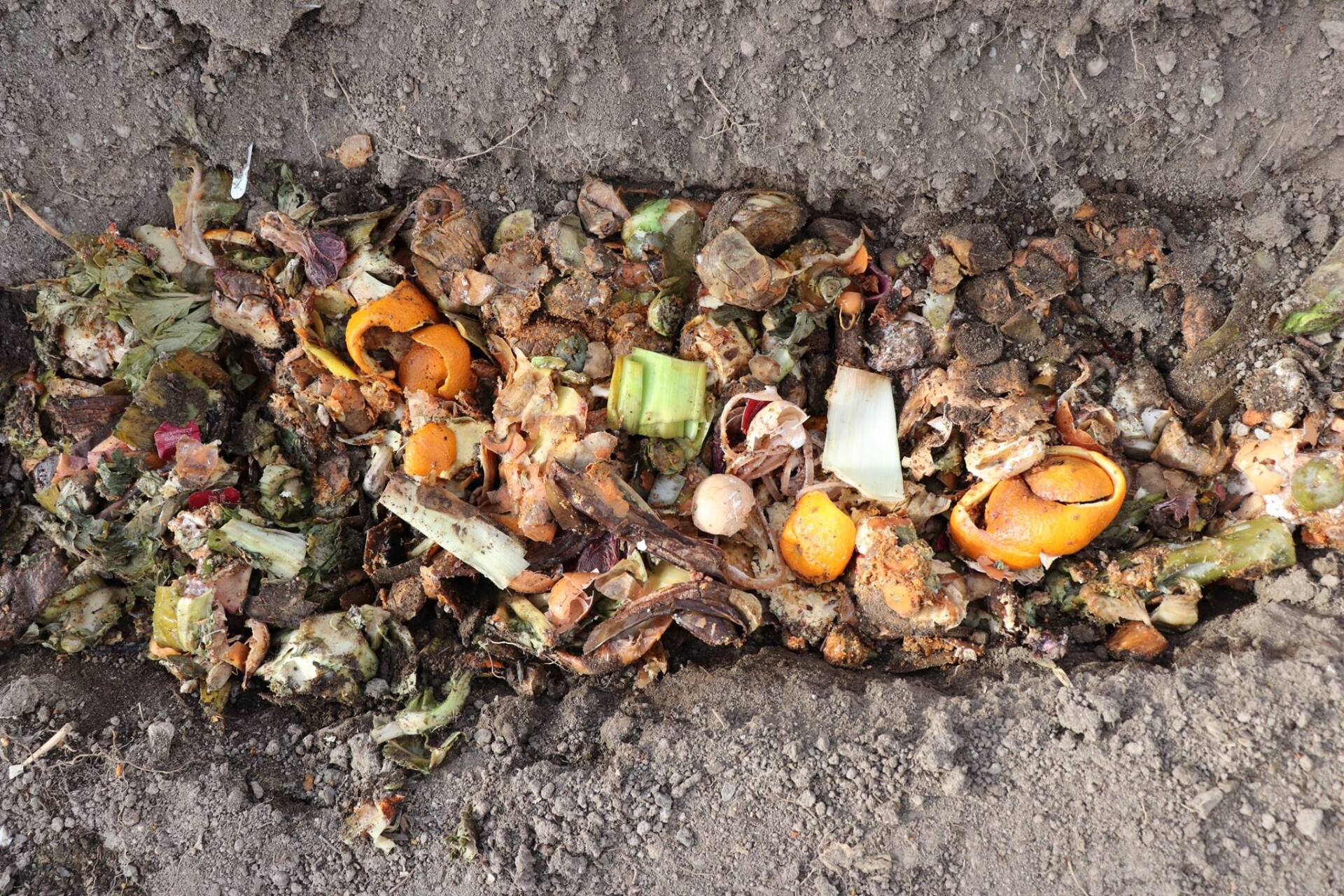
Could this be the gardening Power Couple?
Staggered planting and bokashi go hand-in-hand, literally working in rhythm with one another. By coinciding the burial of your bokashi pre-compost with the staggered planting schedule, crops have a steady supply of nutrients at their root-tips meaning strong plants and high yields. As full buckets of bokashi need around 14 days to ferment, and it is advised to wait two weeks after burying bokashi before planting on top of it, a staggered planting plan allows for these intervals to occur.
How does it work?
Week 1: Set aside your first full bucket of bokashi to ferment for 14 days.
Week 3: Bury your first bucket of bokashi in a trench. Set aside your second bucket to ferment.
Week 5: Plant your first batch of crops above the first trench. Bury your second bucket of bokashi. Set aside your third bucket to ferment.
Week 7: Plant your second batch of crops. Bury your third bucket of bokashi. Set aside your fourth bucket to ferment.
Week 9: Plant your third batch of crops. Bury your fourth bucket of bokashi. Set aside your fifth bucket to ferment.

Keep repeating this cycle until your first crop is ready to harvest. As your first crop is harvested, bury new bokashi in the same spot, rest the soil for two weeks and replant. It’s a natural, ongoing rhythm that keeps soil rich and your garden productive.

Want some insider tips?
- Trench depth: dig your bokashi trench around 30cm deep and cover fermented waste with at least 10cm of soil.
- Timing: wait at least two weeks after burying bokashi before planting directly on top.
- Adapt your pace: Your planting intervals can easily be stretched to three weeks or more depending on your crops and climate.
- Not enough food waste? Consider accepting scraps from neighbours, family or community – it’s a great way to reduce local waste and keep your garden fed!
What’s not to love?
When you combine staggered planting and bokashi composting, you’re not just growing plants, you’re growing soil. So next time you’re planning your garden, think about what you’re planting and consider when and how you’ll feed your soil too.

